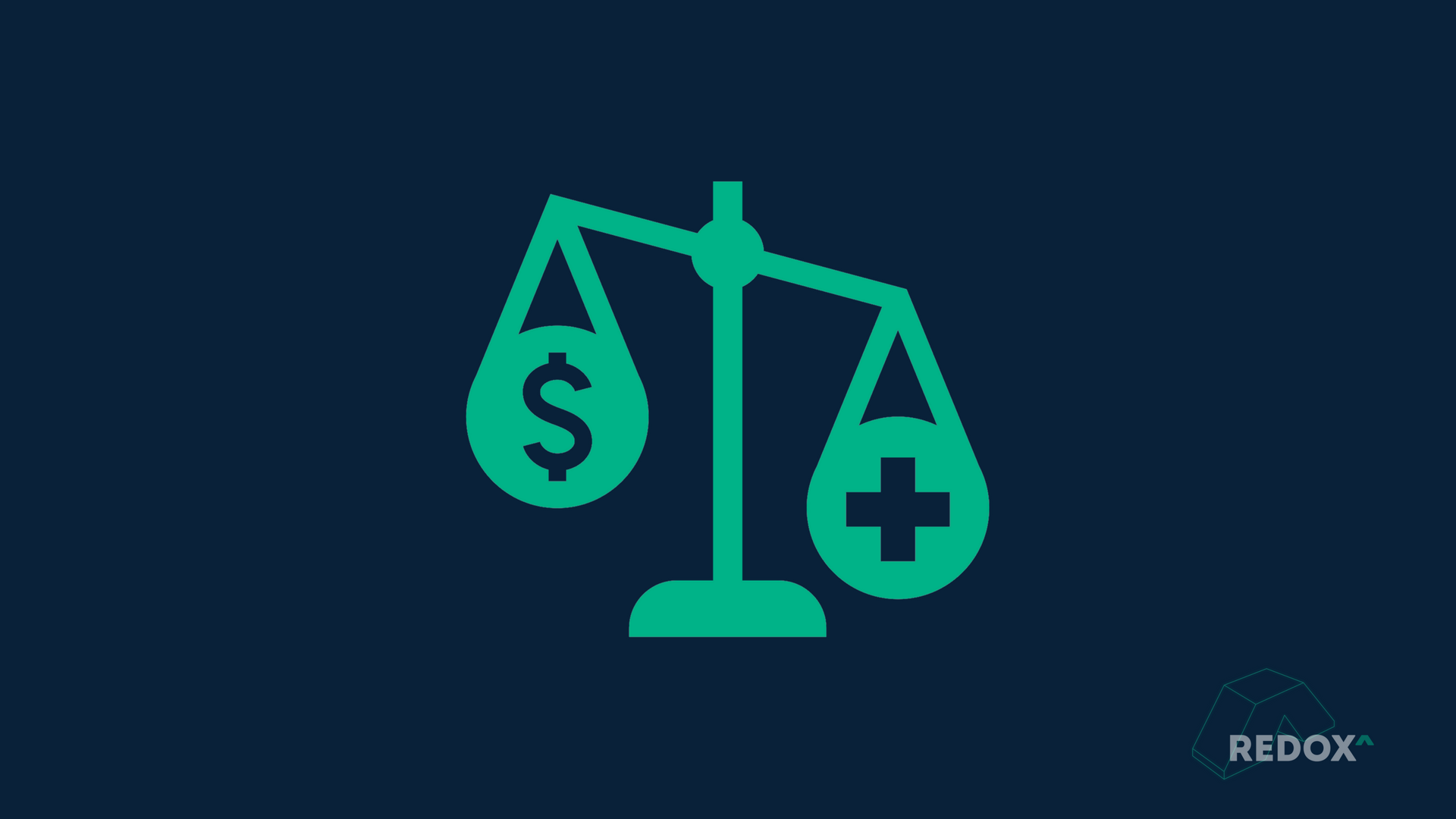Will industry outsiders save healthcare dollars through data?
Jul 11, 2018

With every sector of the economy feeling the effects of ever-increasing healthcare costs and no relief in sight, it’s no wonder household names outside of traditional healthcare are stepping in and attempting to improve what could only be characterized as a problematic system.
Industry outsiders take an interest in “solving” healthcare
This year began with three modern-day titans of industry declaring they are ready to disrupt healthcare. Jeff Bezos of Amazon, Warren E. Buffett of Berkshire Hathaway, and Jamie Dimon of JP Morgan Chase announced they were forming an independent healthcare company for their employees. By June they named a CEO for this venture: Dr. Atul Gawande. A Harvard surgeon, author, and executive director for Ariadne Labs, Dr. Gawande has built his career on examining how medicine is practiced in the US.
While the details of their effort remain scarce, Mr. Dimon has shared some broad strokes of what the triad is focused on, his list ranges from improving wellness programs aimed at smoking and obesity to using big data and virtual technology to align incentives.
Industry outsiders see data as a key leverage point
What is noticeably apparent with this surge in “healthcare outsiders” is that none of these big players are attempting to remake all of healthcare. To remake a system as vast and complex as the US healthcare system is more than any one company or consortium can reasonably hope to do.
However, they all do seem to be focused on data as the key point of leverage for disrupting and remaking a segment of healthcare. Gathering and processing data into diagnostic, predictive, or operational information is seen as the leverage point for ultimately making healthcare more efficient and effective.
Some of these industry outsiders are focusing their efforts directly on finding and exploiting opportunities for cost savings. Here are some examples.
Optimizing the pharmacy purchasing experience
Making the patient purchasing experience for pharmaceuticals, medical devices, and medical supplies seamless and reliable has drawn the attention of Amazon.
For the patient ordering and refilling prescriptions, the process could be automated and culminate in same-day delivery to the patient’s door. To some extent, patients will be able comparison shop for non-prescription items and bundle purchases. For the seller inventories and distribution can be centralized and possibly some operational savings can be realized.
Finding a more efficient way of selling and delivering medical supplies will increase convenience for patients. But patients rarely pay the full cost of their prescriptions, so the cost drivers present in optimizing retail sales aren’t present at the pharmacy.
Optimizing the physical operations of hospitals and clinics
Some industry outsiders, Amazon, in particular, have extensive experience automating inventory management, scheduling, and equipment location tracking based on data. By applying data in this manner manufacturing and warehousing have been optimized for efficiency and economy. These industry outsiders believe they can do the same for hospital and clinic operations.
While hospital operations are distinct from manufacturing and warehousing they have some functions that are, at their core, very similar. Optimize the ordering of supplies, staff scheduling and the use of expensive equipment, like MRI scanners, and the result will be significant reductions to overhead costs for the particular hospital or clinic adopting these systems.
For patients, the results of this optimization will be most obvious when they experience shorter wait times during medical appointments and better coordination of care between providers. But unless hospitals and insurers pass on any of the cost savings, the patient will not see any change in their pocketbook.
Optimizing healthcare delivery through data analytics
Through the application of data analytics industry outsiders see the potential to remake patient care.
With analytics, health data from the individual patient’s medical record, purchasing patterns, activity patterns, genomics, and more could be brought together into a single repository. Then this data could be analyzed to generate a more complete picture of the patient’s current and future state of health.
The resulting information will make personalized medicine more widely available. Individualized health advice and treatment will be generated, avoiding the waste of duplicate or ineffective tests and treatments. Additionally, potential health concerns will be anticipated earlier on, resulting in earlier (and hopefully less expensive) treatment of potentially dangerous diseases and conditions. All of this is only realized when insights derived from data are freely and openly shared between patients and those providing their care.
What lies ahead?
Will we soon see a new, independent healthcare company that will serve as a proof-of-concept for cost-effectiveness? Will retail pharmacies be reinvented into highly cost-efficient delivery systems? Will the results of these efforts by industry outsiders catalyze systemic improvement in healthcare? Or will they simply create a new patchwork of solutions? It remains to be seen.
Cost savings is not the only aspect of healthcare drawing the attention of industry outsiders. Check in next week when I’ll take a look at improving patient access to data.
